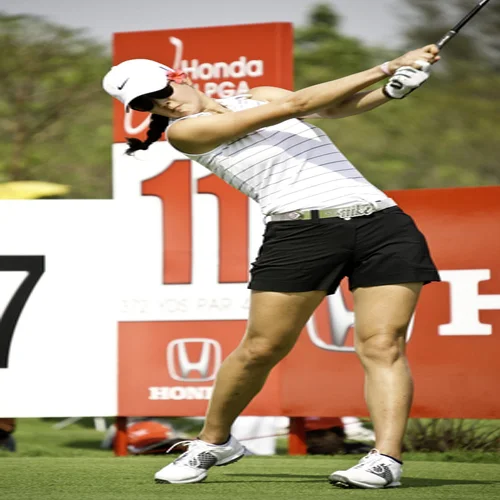Motor Processes: voluntary activity in the muscles of the body. (OxfordMed) Of, relating to, concerned with, or involving muscular movement (including) performance of complex motor acts. (GHR) Neurons code for both hand and mouth actions. (Iacoboni, 15)
We homo sapiens are grasping and manipulating objects from the moment we fumble for the snooze button on the alarm clock until we adjust our pillow at bedtime. (Iacoboni, 9) Before we can act, our brain must issue commands to the body, ordering muscles to flex or relax. Coordinating all of those muscles is a tremendous challenge, yet the motor system carries out most movements without any conscious instruction. We don’t think about how to run or jump or reach for an object, we just do it. (Kandel4, 158-159)
Actions of the Hand: motor processes (including) “grasping,” holding, tearing, and, most fundamental of all, bringing objects — food — to the mouth. These actions are as basic and essential as they come. All in all, we each perform hundreds, if not thousands, of grasping actions every day. (Iacoboni, 9)
Grasping Precision Grip: grasping small objects using two fingers, such as the handle of a cup using the thumb and the index finger. (Iacoboni, 24)
Grasping Whole Hand Grip: grasping large objects using the whole hand. (Iacoboni, 24)
Facial Expression Lip Smacking: has a positive social meaning in primates. (Iacoboni, 15)
Orienting Movement: movement related to "sensory" "inputs," such as turning the head to see the source of a "sound." (Kolb, 51)
Reflex: an involuntary movement or exercise of function, in a part excited in response to a stimulus applied to the periphery, and transmitted to the brain or spinal cord. (MeSH) An automatic … activity brought about by relatively simply nervous circuits (pathways), without consciousness being necessarily involved. For example, a painful stimulus such as a pinprick, will bring about the reflex of withdrawing the finger, before the brain has had time to send a message to the muscles involved. (OxfordMed) Information from the periphery is carried by a “sensory neuron” to the “central nervous system,” and is directly transmitted to a “motor neuron” for a motor response. (Patestas, 28) The simplest motor (pathway) of all. Reflex movements are controlled by a pathway that connects “feedback neurons” in the muscle directly to “motor neurons” in the “spinal cord— without involving the brain. A simple knee-jerk relax requires two simultaneous and opposite commands: the muscles that extend the knee must be excited, while the opposing muscles that flex the knee must be inhibited. (Kandel4, 160) Also referred to as ‘reflex arc.’
Acoustic Startle: initial reaction to a loud sound, for example to a gunshot from behind the head. A fast… primitive response built into simple circuit in the brainstem. Happens within a fraction of a second. Not an emotional response. It happens before the emotions can kick in. Triggered before any of the slower, higher processing systems in the brain can register the sound. Human perception lags behind reality by at least a tenth of a second, probably more, whereas the startle reflex is ten times faster than that. The person shrinks down, spine curved forward, knees bent, chin down and shoulders raised, hands pulled across the front, face contracted into a mighty squint that puckers the skin around the eyes and exposes the teeth. The acoustic startle reflex is the most pure stripped-down, primitive essence of self-protection. (Graziano, 5-6) Also referred to as ‘acoustical startle.’
Deep Tendon Reflex: contraction of a muscle triggered by a signal from a muscle spindle in response to a stimulus applied to a specific trigger point on the body. The strength of the response can provide insight into central and peripheral nerve performance. (NCIt)
Grasp Reflex: an involuntary, primal response … to grasp the fingers when their palm is touched. This reflex is present until six months of age. (NCIt)
Moro Reflex: an involuntary, primal response in (an infant) to loud noise or the feeling of falling. The response is characterized by the infant's arms symmetrically spreading out to the side and then back to the midline, and involuntarily (flexing) of the fingers and toes. (NCIt)
Plantar Reflex: a (two-neuron) reflex obtained by drawing a bluntly pointed object (such as a key) along the outer border of the sole of the foot from the heel to the little toe. The normal response is a bunching and downward movement of the toes. (OxfordMed) An abnormal reflex consists of (upward movement) of the great toe and (outward movement) of the other toes. (MeSH) It is a normal reflex up to the age of two. Its presence beyond that age indicates neurological damage. (NCIt) Also referred to as ‘Babinski reflex.’
Step Reflex: an involuntary, primal response in the (newborn infant) to take brisk steps when the feet are placed on a surface whilst in a supported standing position. (NCIt)
Three Neuron Reflex: includes an “interneuron” (positioned) between the sensory neuron and the motor neuron. The reflex response may be overridden when the interneuron receives an input from higher centers of the brain that prevent it from transmitting the information from the sensory neuron to the motor neuron. (Patestas, 28) Also referred to as ‘three cell reflex.’
